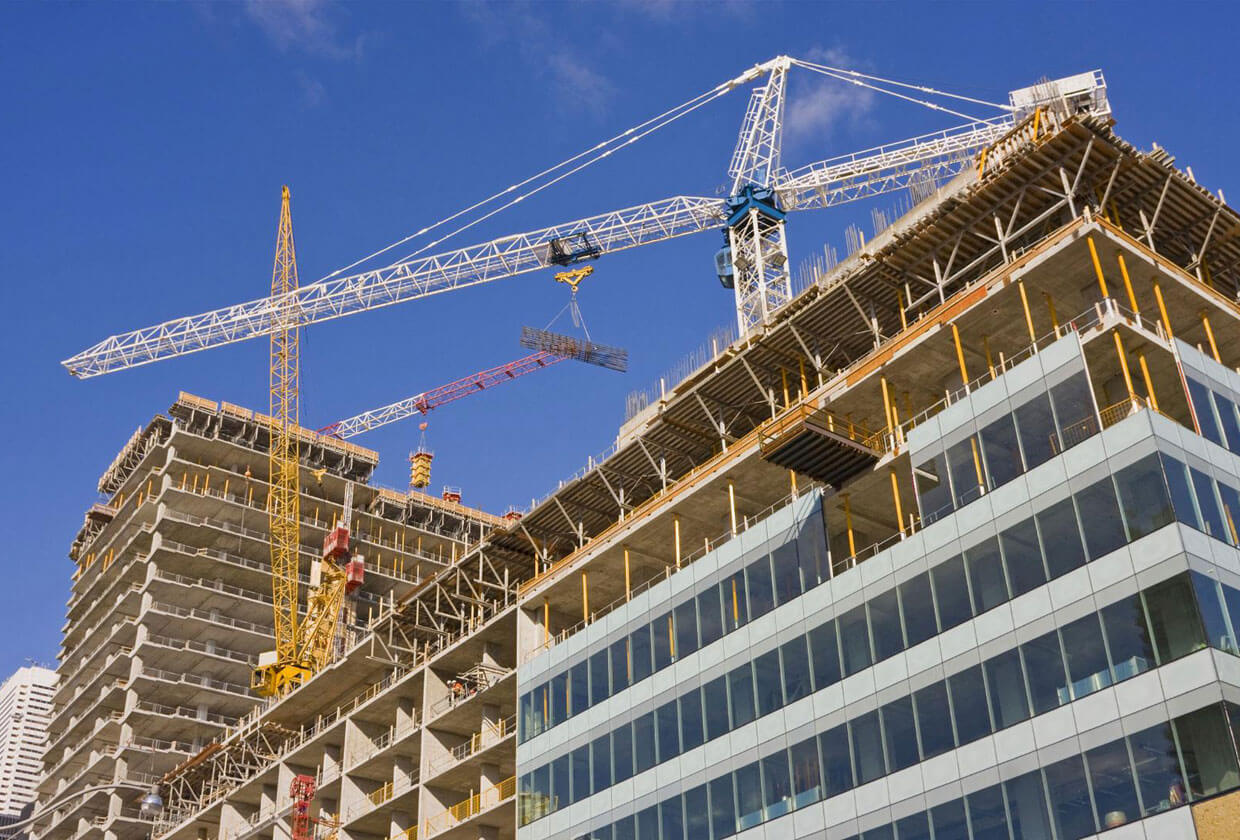What the Commercial Construction Industry should expect in 2020
The Commercial Building Construction industry in Florida has enjoyed solid growth over the five years to 2019. During this period, industry income expanded an annualized 9.9% to reach $13.3 billion. In 2019 alone, the industry grew by 4.5%. Be that as it may, in spite of steady growth during the present time frame, industry income despite everything stays beneath pre-recessionary highs. Increments in purchaser movement have supported development in downstream interest for industry contracts. Also, industry performance has been helped by declining joblessness, more grounded buyer certainty and improving business supposition. During the period, useful working conditions served to build industry support, with the number of industry ventures rising. Be that as it may, there are few things that will shape the industry’s future in 2020.

1. Structural procedures will be closely scrutinized by authorities to avoid catastrophes.
The national spotlight a year ago was on a couple of major basic failures that brought about a few deaths. The resulting legitimacy and public relations issues are probably going to change how contractual workers work together in 2020.
In 2018, there were questions on who to blame for the collapse of Florida International University pedestrian bridge. The National Transportation Safety Board berated all parties who took part in the construction for not halting work, neglecting to support the scaffold and for not hindering the progression of traffic underneath the extension when it became obvious that creating breaks proposed a risky basic issue. As per NTSB, the collapse happened as a result of poor design work.
Construction companies are likely to experience strict scrutiny from their insurance carriers, whose profound pockets are commonly the essential objective of claims. If nothing else, the risk of criminal arraignment could constrain construction firms to investigate the structure and execution of their activities. In a touch of unrealistic reasoning, 2020 will be a year where the business and all partners down the individual specialist will expect to cure mix-ups of the past by proactive ways to deal with raising structures securely and adequately.
2. Modular will see more energy in the market.
2019 was a major one for measured structure in the commercial development market. A few superlatives and firsts, alongside generation office openings and closings, became the dominant focal point in the news. Furthermore, however it still records for around 4% of the market, it might have pulled in more consideration than any time in recent memory.
A few spectators stay suspicious, and it’s no error that the strategy despite everything has far to go toward a more noteworthy, all the more relentless progression of interest from proprietors and reception by contractual workers. 2020 will no uncertainty be significantly progressively grand for the plan of action that is no uncertainty gradually changing the business.
3. Automation will bring efficiency without necessarily taking away jobs from workers.
Construction hardware, be it self-driving vehicles or automatons nailing down rooftop tiles, keeps on advancing toward self-governing work. In any case, workers don’t need to be worried that robots or different independent gear will take their employments. Rather, during this no imaginable closure talented work lack, computerization could be one response to unfilled positions.
Contractual workers appear prepared to invite more mechanization since it appears to be progressively unavoidable that place of work and back-office innovations will coordinate. The Volvo study assessed there would be 7,000 robots doing construction work by 2025.
Consolidating robotized tech into day by day life on a building site will take some time, however, the transition has begun, as observed with industry heavyweights like Caterpillar turning an uplifted concentration to self-sufficient activity.